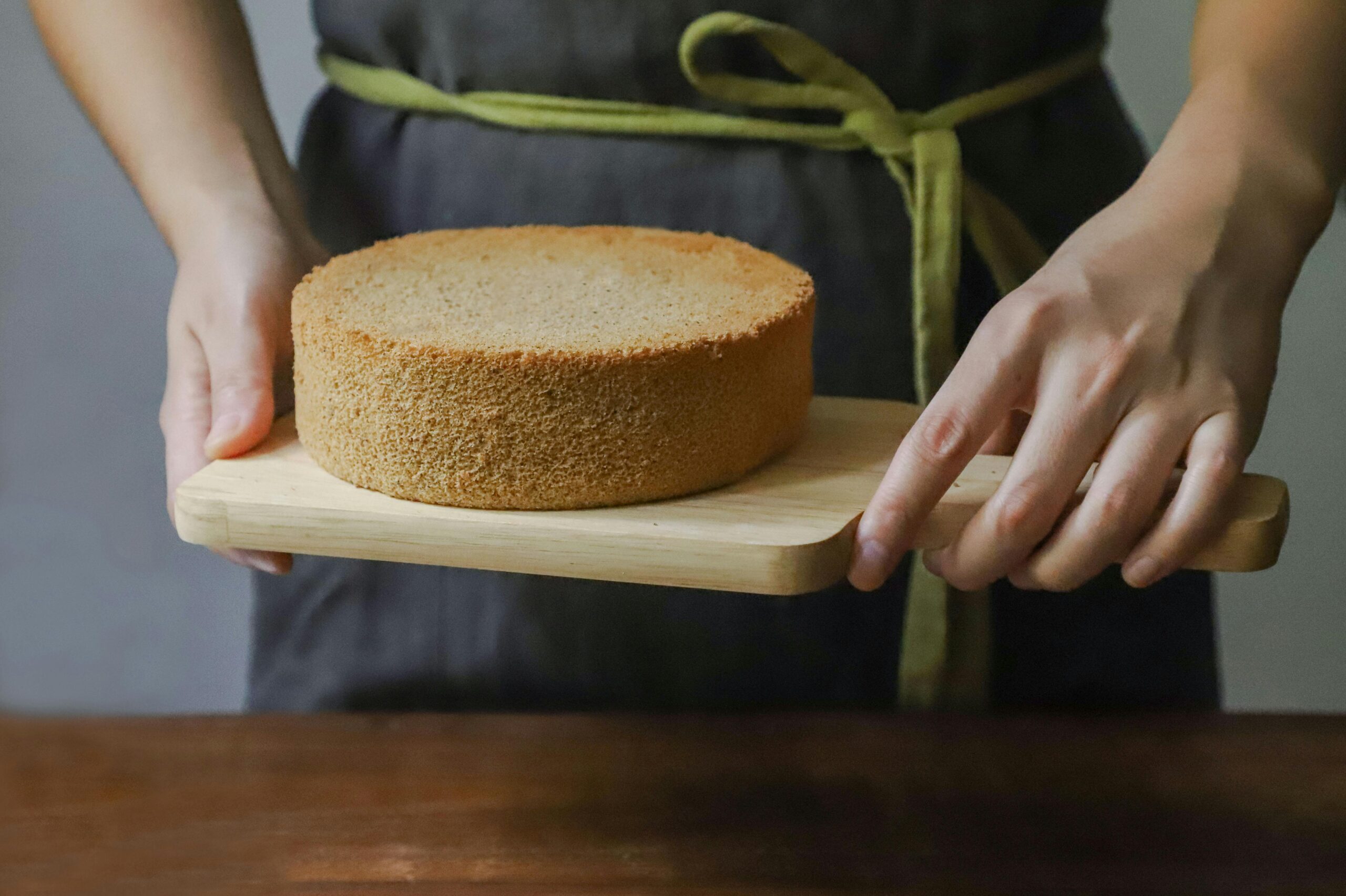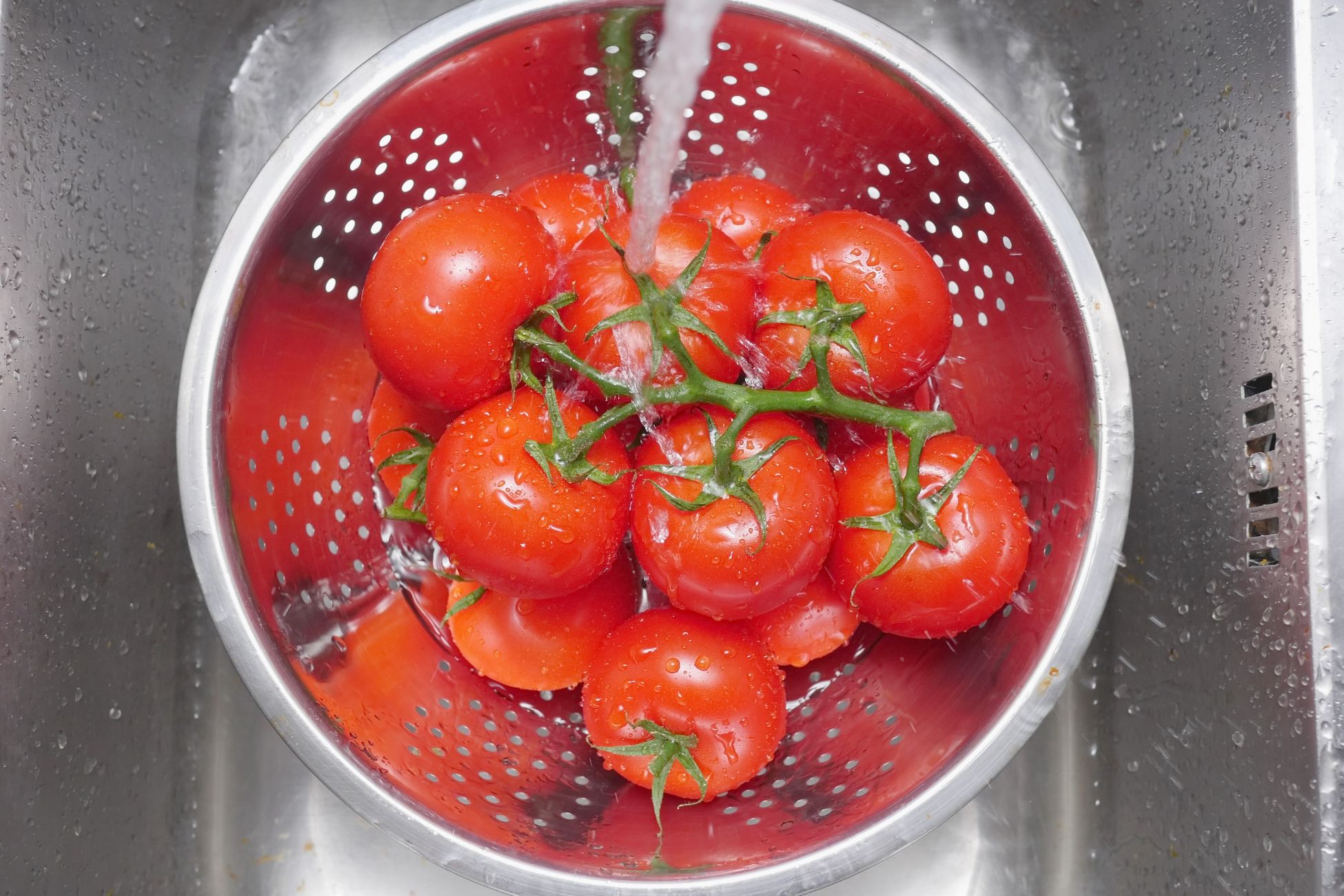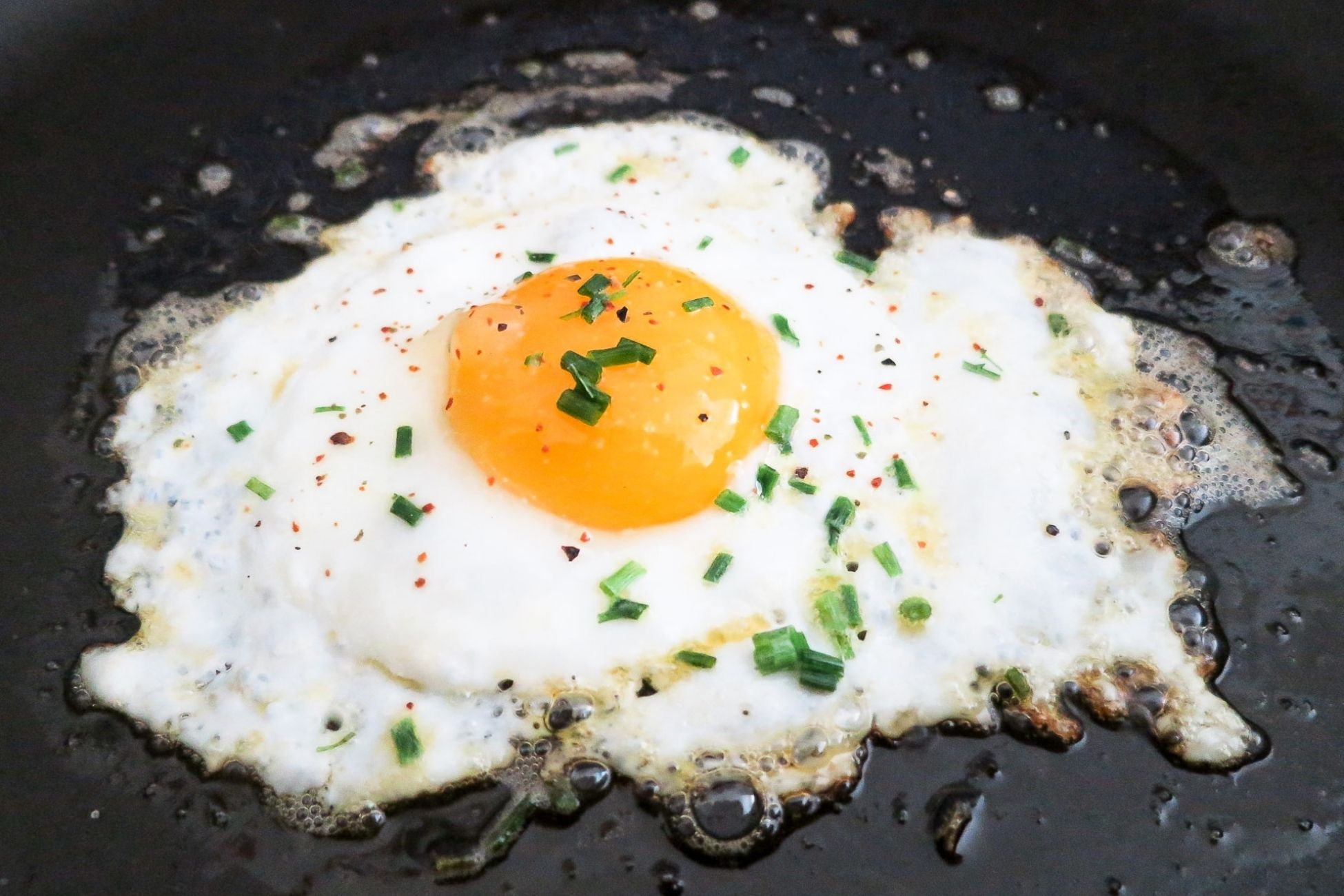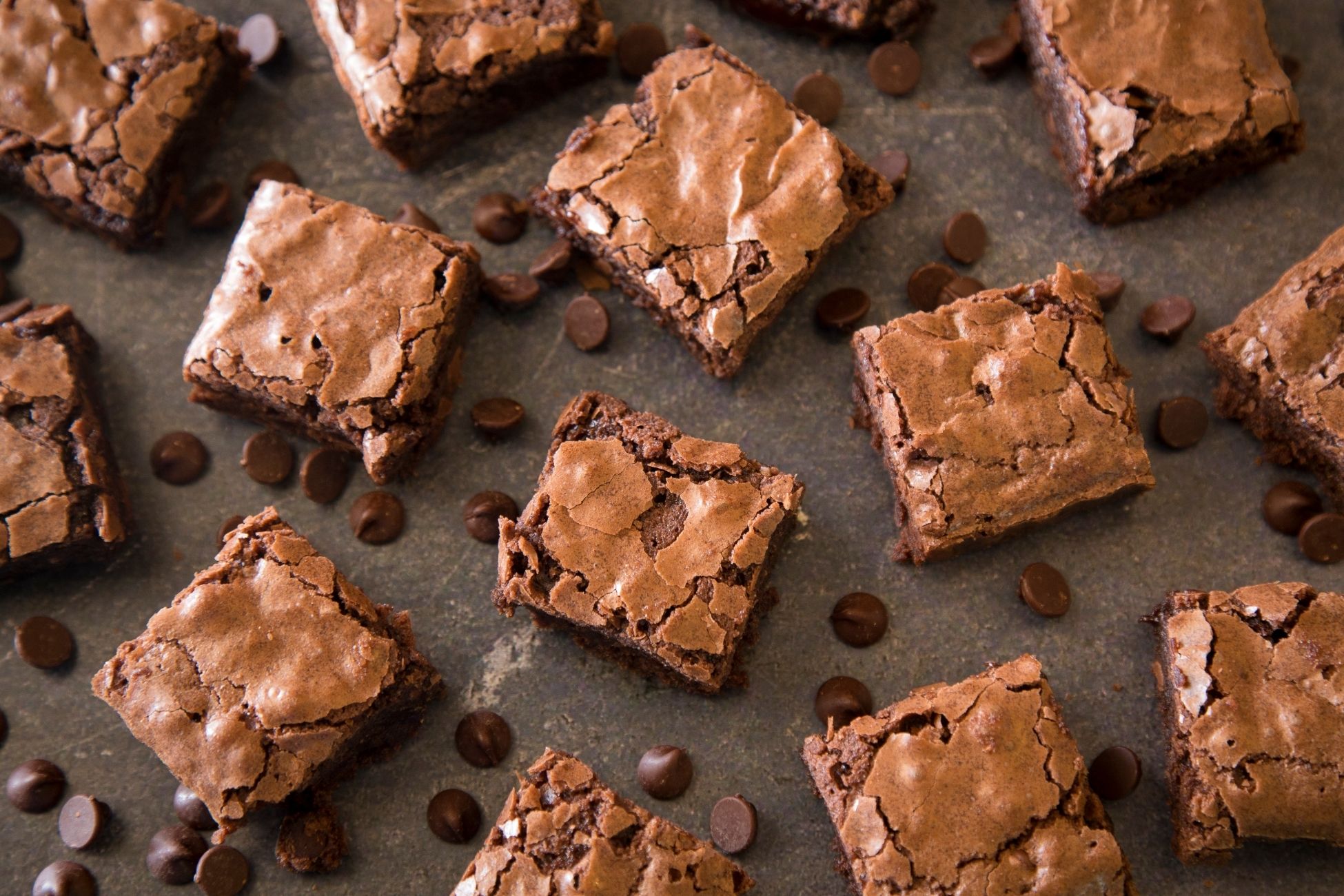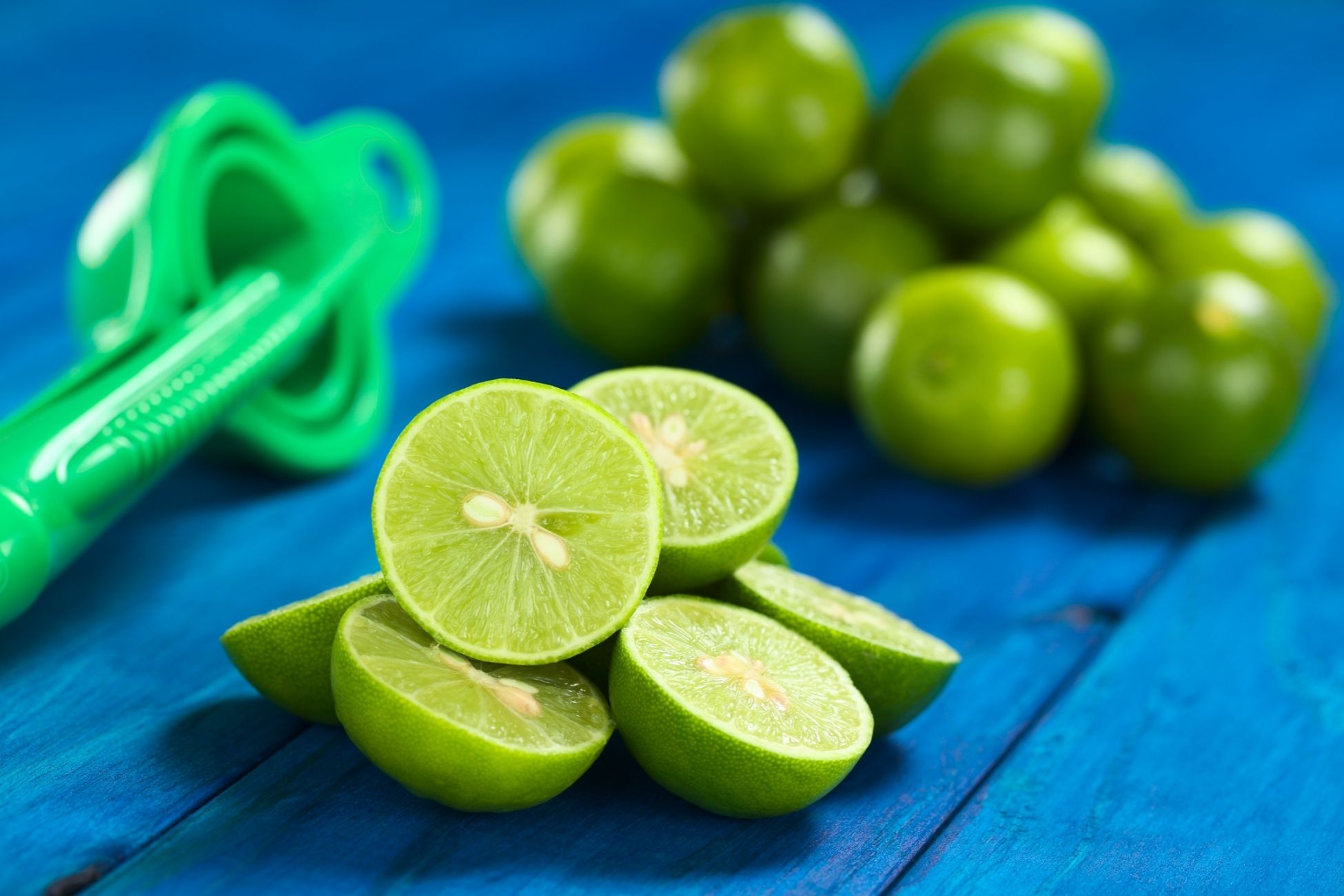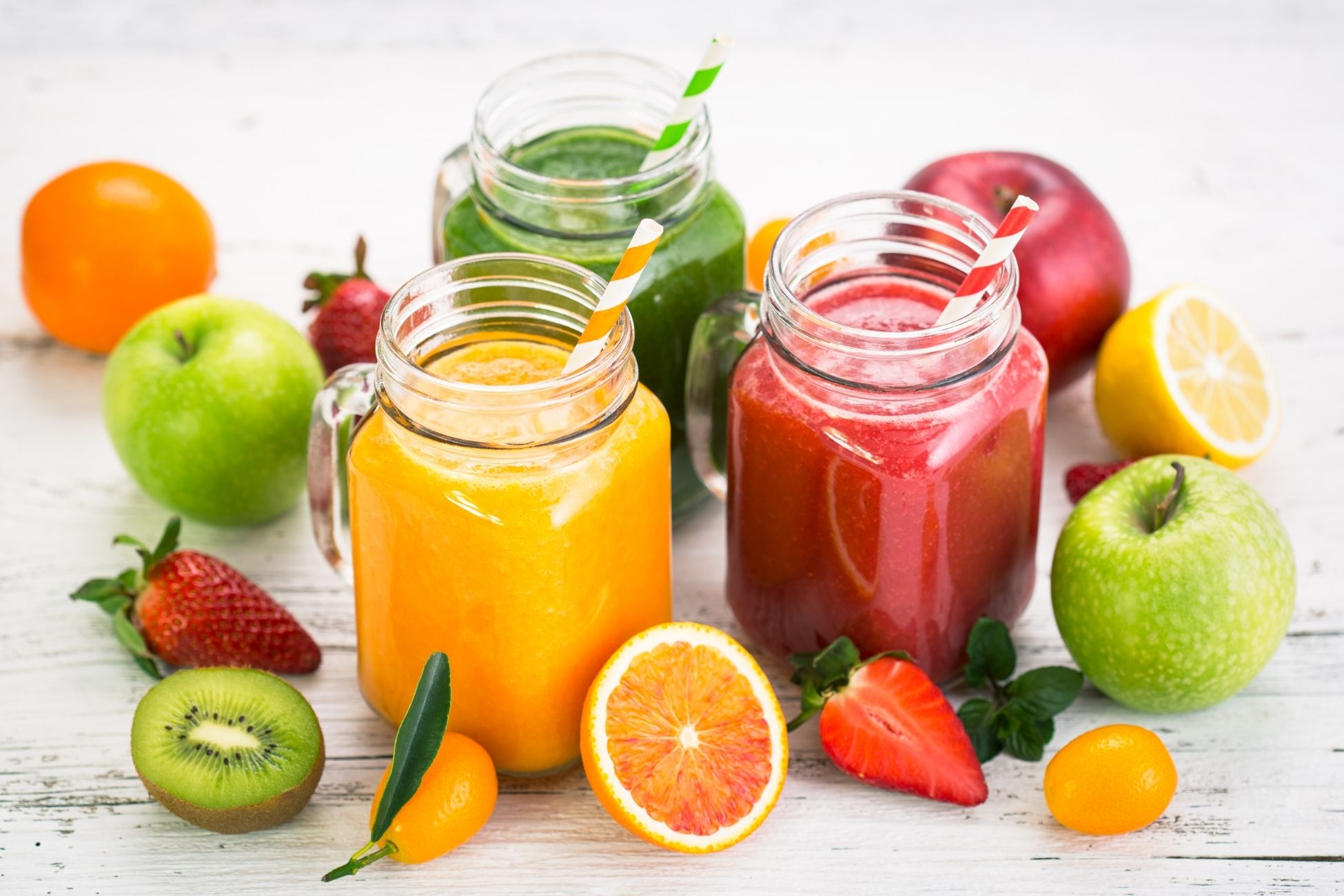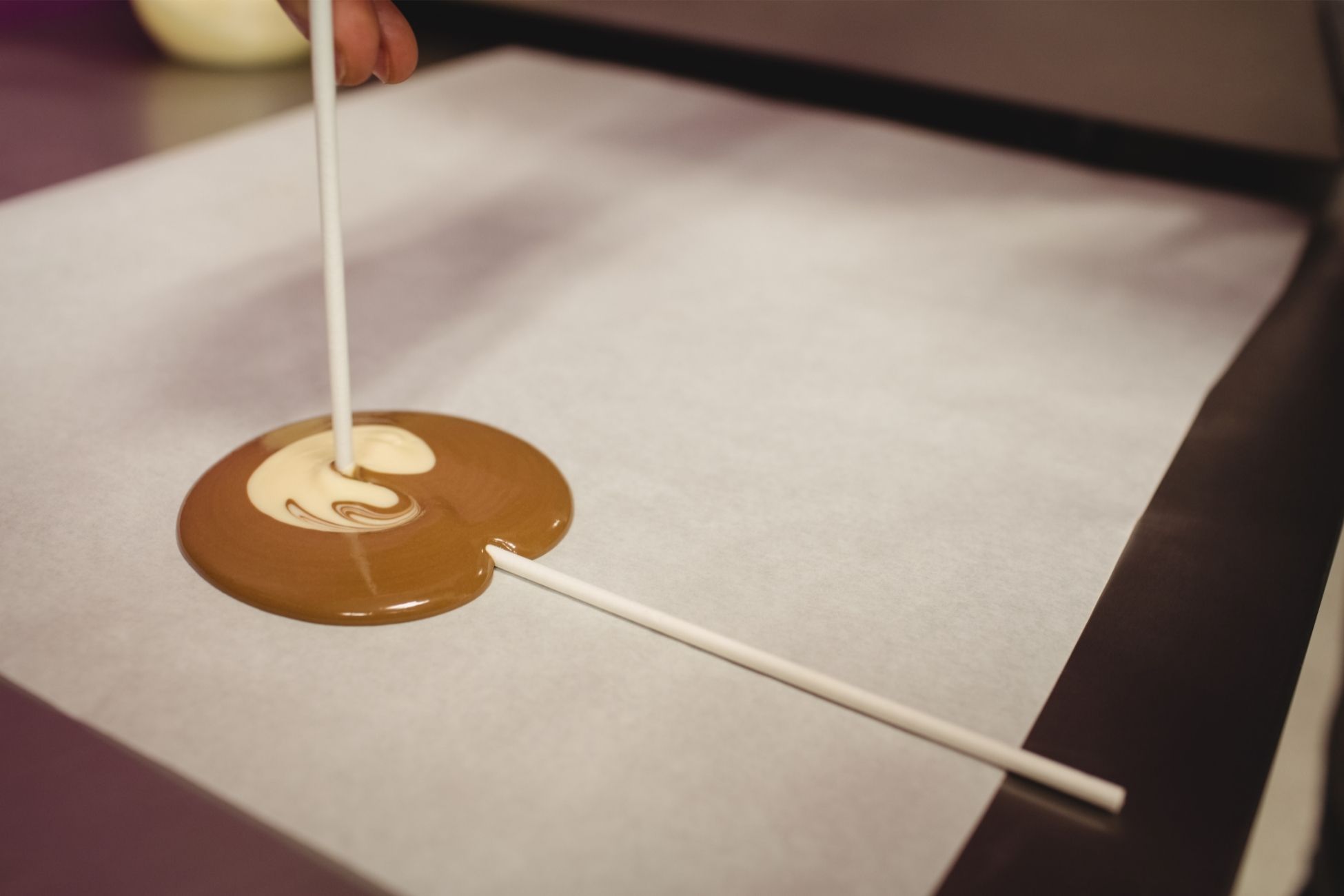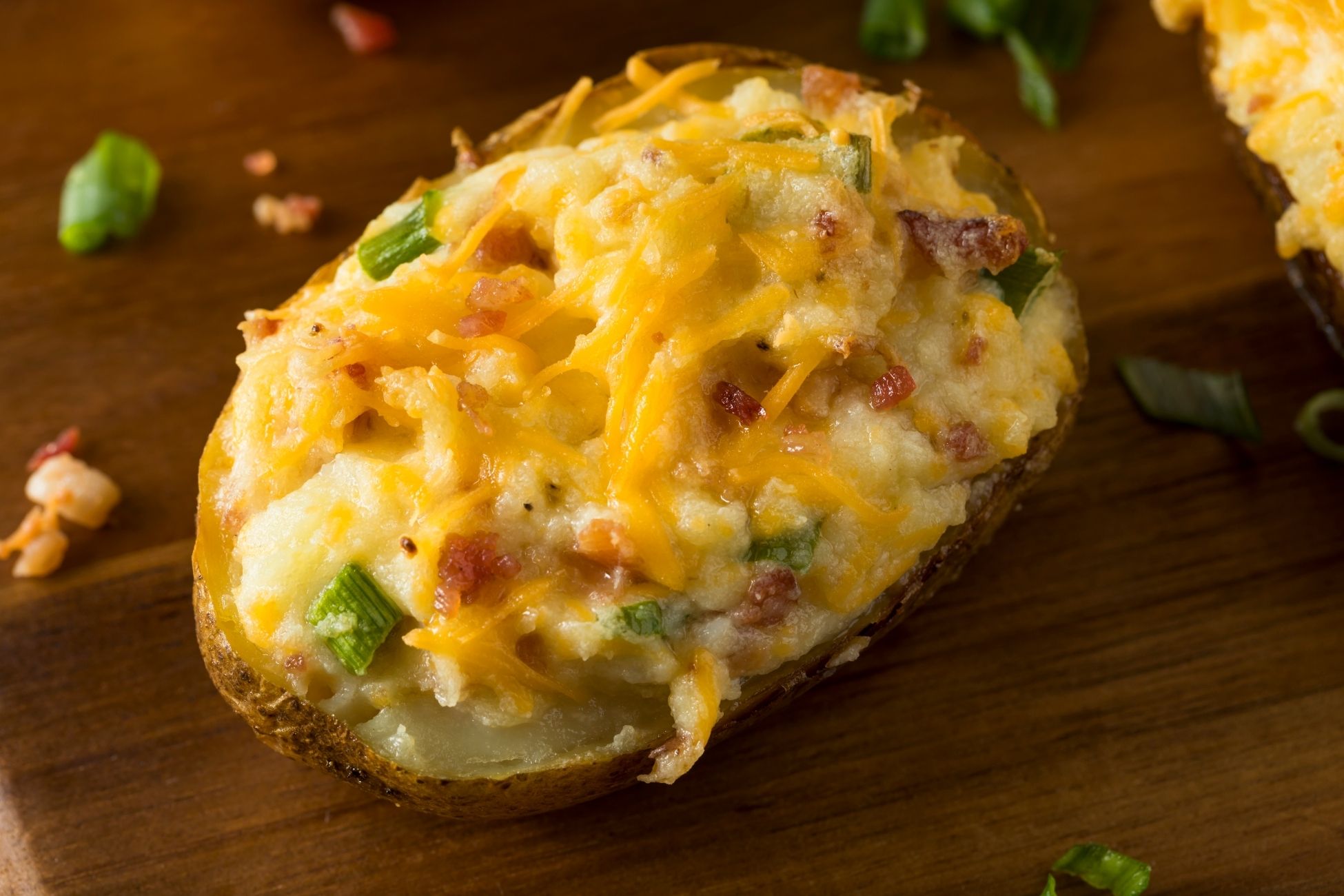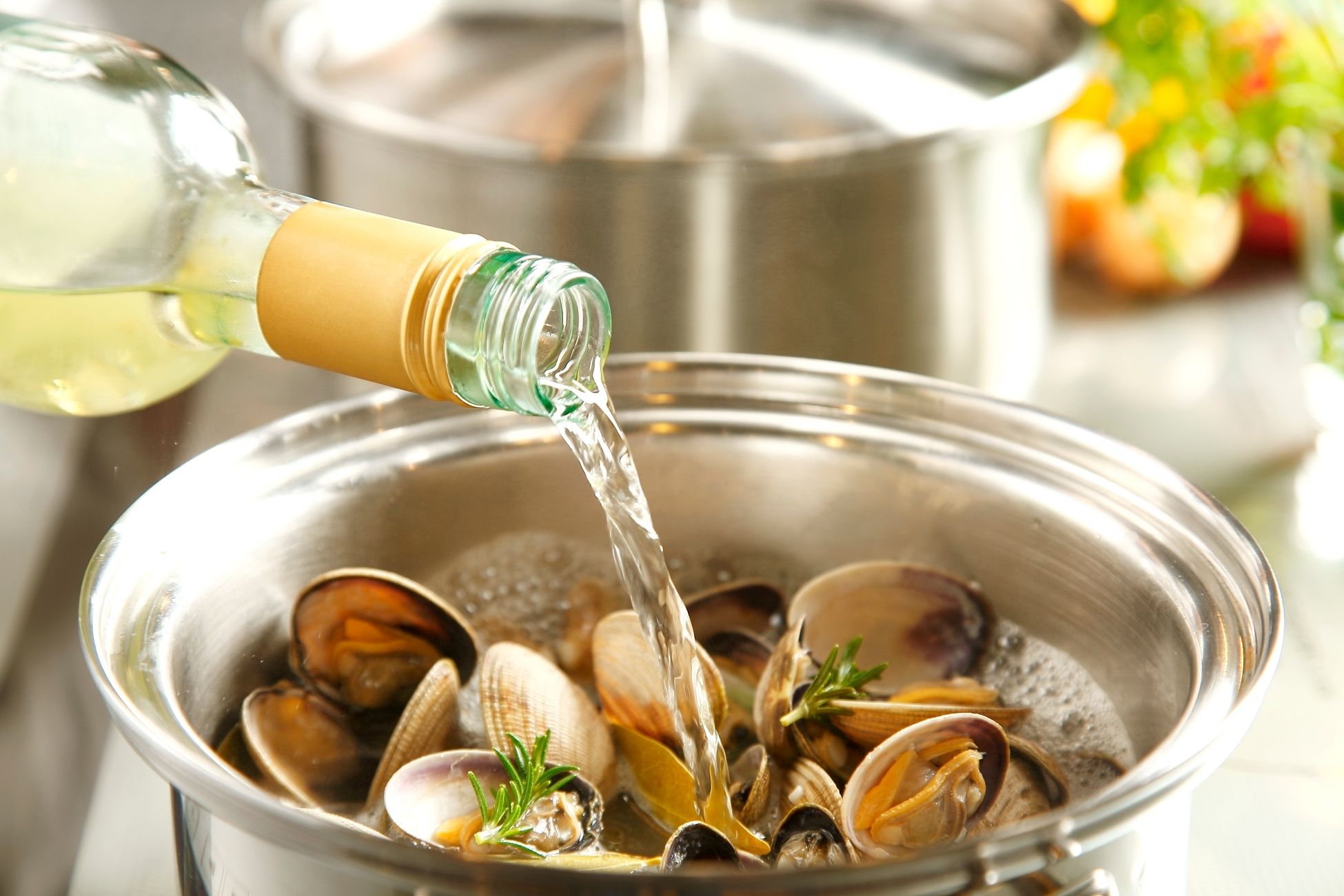Mastering the Toothpick Test: A Foolproof Method for Perfectly Baked Cakes
Baking a cake is a delightful journey of mixing ingredients, filling the kitchen with irresistible aromas, and eagerly awaiting the moment when you can slice into a perfectly baked confection. However, achieving the ideal level of doneness can sometimes be a challenge, with the fear of underbaking or overbaking lingering in the back of every baker’s mind. Enter the toothpick test, a simple yet invaluable technique that ensures your cakes emerge from the oven with a tender crumb and moist interior. Explore the ins and outs of the toothpick test, equipping you with the knowledge and confidence to bake cakes like a seasoned pro. Understanding the Toothpick Test When to Perform the Test How to Perform the Test Interpreting the Results Tips for Success Mastering the toothpick test is a valuable skill that can elevate your baking game and ensure consistently delicious results with every cake you bake. By understanding the principles behind the test, knowing when and how to perform it, and interpreting the results accurately, you’ll be equipped to confidently bake cakes that are perfectly moist, tender, and irresistibly delicious. So, the next time you embark on a baking adventure, remember to wield your trusty toothpick with confidence, knowing that it holds the key to cake perfection.

